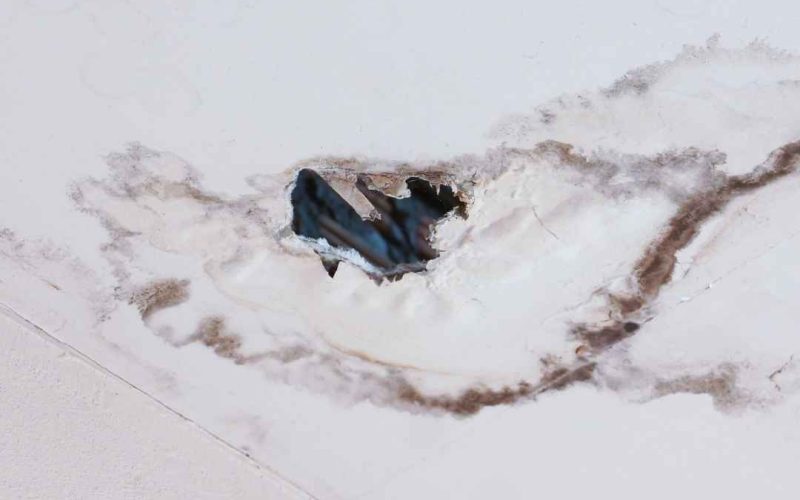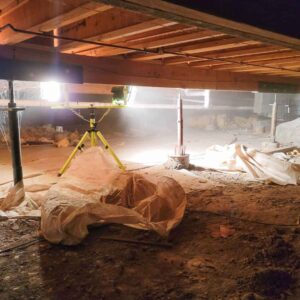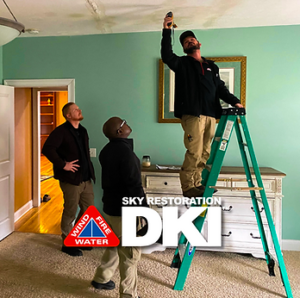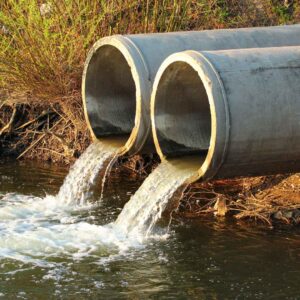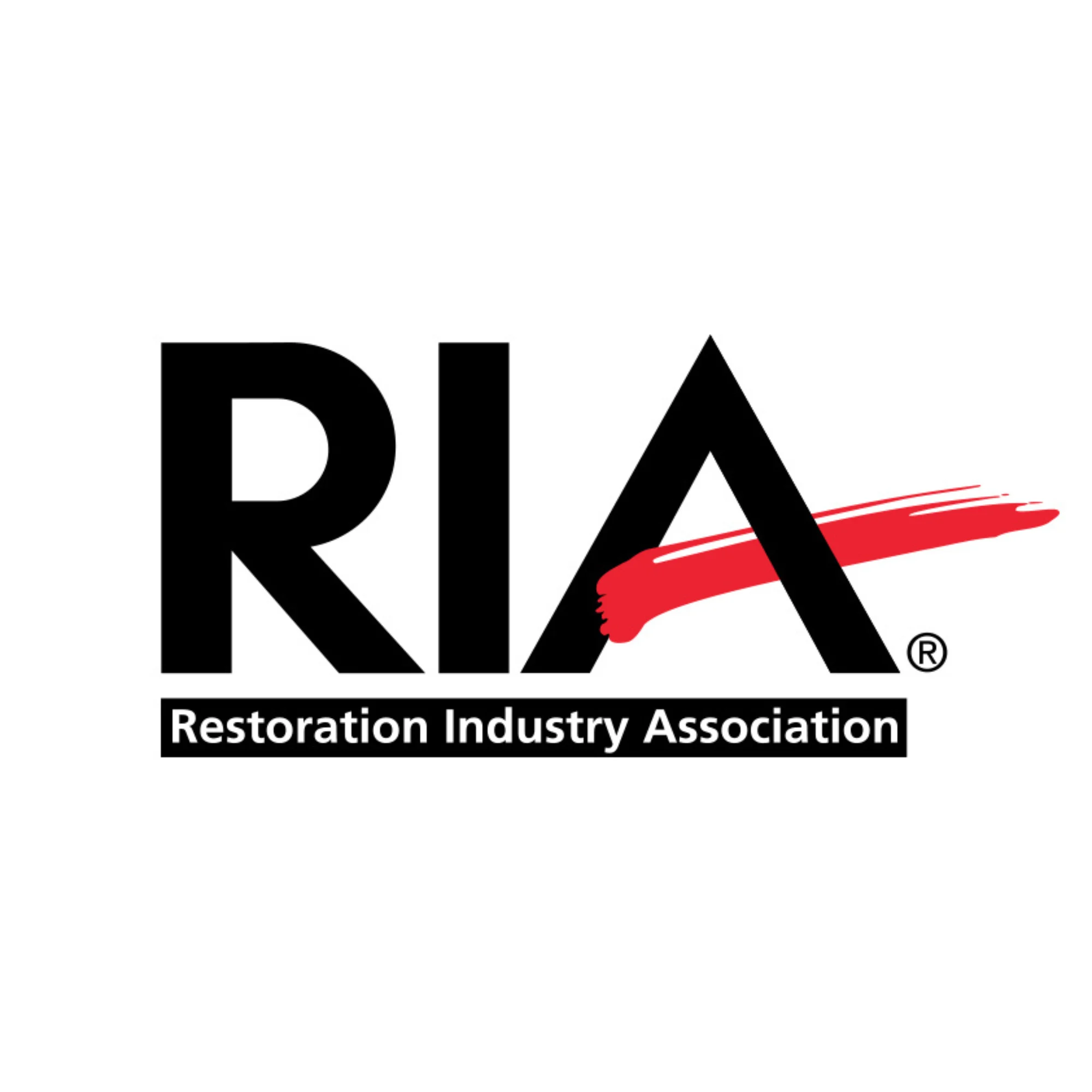When most people think of water damage, they think of burst pipes or major flooding from storms. While these are very obvious water damages, there are some sources of water damage that can be more difficult to detect such as pinhole plumbing leaks inside the walls. The biggest issue with these hidden leaks is that they go unnoticed for a long time, allowing them to wreak havoc within the home. The best way to prevent these damages is to know what signs to look for that indicate a hidden leak within the walls of your home.
Signs of Hidden Leaks
Due to the nature of plumbing within a home, many leaks are hidden within the walls or ceilings and go unnoticed for a long time. Some of the common signs of leaks to look out for are:
Staining
Water leaking within the wall will eventually soak into the drywall, creating unsightly water stains on the walls and ceiling. If the stains continue to get larger, it’s a sure sign that there is a plumbing leak behind the wall that needs to be addressed.
Peeling and Bubbling
Like staining, peeling and bubbling paint or wallpaper is a sure sign that there is a hidden leak behind the wall. Once the drywall absorbs too much water, moisture will build up behind the paint and wallpaper, causing it to bubble and peel away from the wall.
Warped Walls
When sheetrock absorbs excess moisture, it will begin to warp. Once this happens, the sheetrock will need to be replaced, which can be costly.
Warped and Buckled Floors
Hidden leaks can often creep out from behind the walls and underneath the flooring. This will cause noticeable warping and buckling of the floors and require expensive replacements.
Musty Odors
Excess moisture inevitably leads to mold and mildew. This can leave a tell-tale musty odor near the source of the moisture. If you notice a musty smell with no other obvious signs of mold or water, it’s very likely there’s a hidden leak nearby.
Visible Mold
Taking the last point a step further, visible mold growing on the walls or baseboard is a sure sign of hidden water damage. If you see mold growth, but don’t see any water, there is almost certainly a hidden leak somewhere. Mold requires moisture to grow, so even though the leak and water aren’t visible, they are definitely in the vicinity of the mold growth.
Dangers of Hidden Leaks
Hidden water leaks are dangerous due to the serious damage water causes when it goes unnoticed. Because they are within the walls and ceiling, these leaks often fester, causing structural damage and mold growth before they’re discovered. Porous building materials such as wood, drywall, and insulation absorb excess water, leading to deterioration. Additionally, this excess water provides the perfect environment for mold growth, which can cause serious health issues and allergies if not addressed. No matter the source or location, it’s imperative to mitigate water damage as soon as it’s discovered.
Hidden water leaks within the walls and ceiling of your home can cause major damage. Knowing the signs to look for to recognize a hidden leak right away can save you time, money, and stress.

